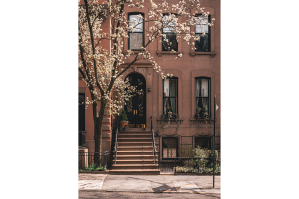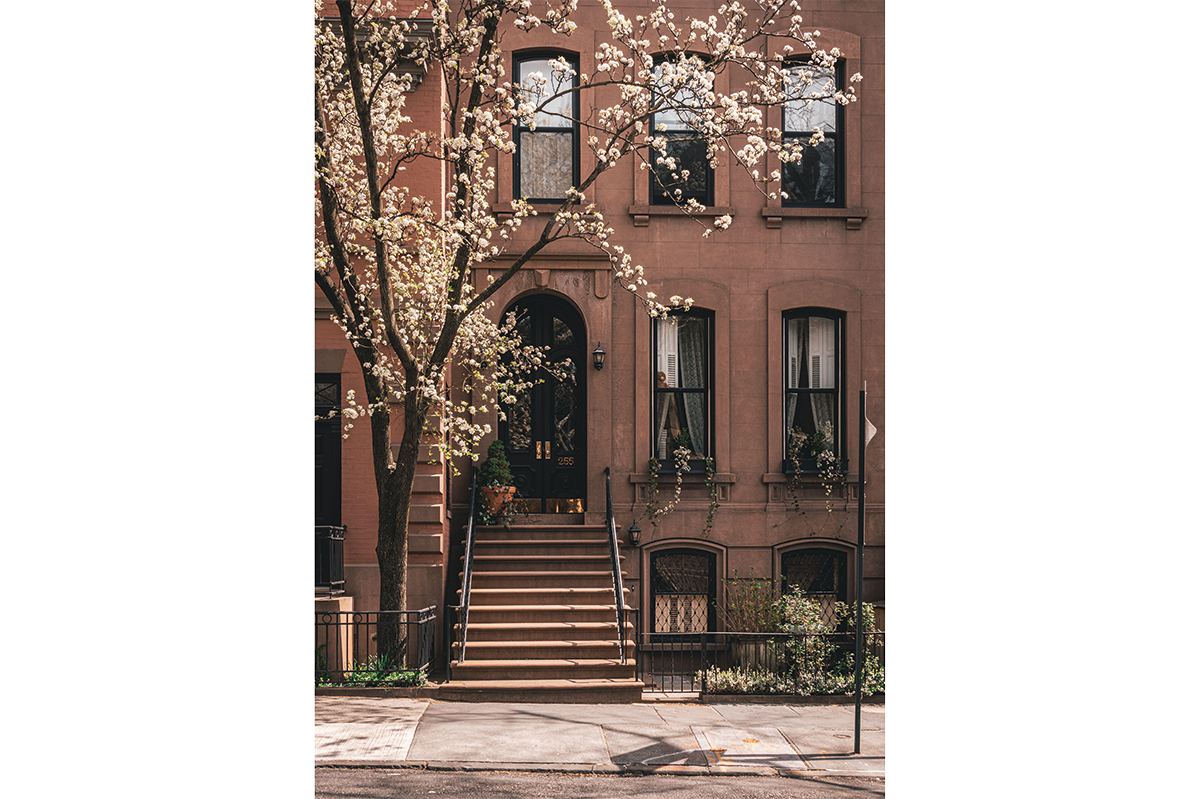Britain’s creation of a commission to examine beauty in new building created a stir in the media, with the chairman subjected to a hate storm of unusual turbulence even by the standards that he regularly has to endure. Hate storms arise when powerful interests are threatened, and this was no exception. There is hardly a person in the UK who is not aware of what Milan Kundera has called the ongoing ‘uglification of our world’ and who does not hope that something might be done about it. No one I talk to denies the need for a large number of new houses. But they all hope that this need can be reconciled with our deep-seated desire for beauty.
Kant wrote that in judgments of beauty we are ‘suitors for agreement’. Through aesthetic judgment we strive for a world that signifies and amplifies our humanity, and even if we are attracted to eccentricities and original gestures, we want them to fit in to the community, just as we fit in ourselves. I would go further, and argue that aesthetic judgment is rooted in the sense of neighborhood. It is, in my view, the commandment to love your neighbor as yourself that is most evidently violated by the uglifying blocks that are being dumped on British cities. It is evident that the planning system must deliver the houses and infrastructure that we need; but it must also deliver what people want to see, namely something that they can take pleasure in, as we take pleasure in our home.
It has been repeatedly written in the architectural press that the establishment of a commission on beauty in building is merely a reversion to the ‘style wars’ of the last decades of the 20th century. Rehearsing all the snobbish contempt for the ‘Nimbys’, with their ‘historicist’ fantasies and Christmas-card pastiches, the articles showed no awareness that the debate has moved on since David Watkin’s devastating critique of Pevsner, and above all no awareness that there are philosophical arguments as well as visceral sentiments that might be offered in support of Kundera’s critique.
It is of course right that we should avoid a return to any kind of style war. At the same time, though, we should recognize that the dispute over style is a clouded reflection of a deeper and more fundamental conflict over place. The modernist era was rich in stylistic innovations. It produced the humane and imaginative factories of the Bauhaus, the elegant housing projects of Oud, and the villas of Mies and Le Corbusier. But it also produced a kind of style-less vernacular, typified by the glass curtain-wall and the ferroconcrete cube. This purely functional idiom gave rise to buildings that are no sooner built than they are on the way to dereliction.
Versions of these place-destroying structures are to be found in every city in the world today, sometimes reshaped into gadgets, like the Walkie-Talkie building in London, more often just dulled down into blank mirrors, which face their surroundings with an icy inhuman gaze. They define the nowhere above the city where the ghostly corporations hover, malign enchanters of the life below. Their impact is apparent to everyone, since they challenge our need for a place that belongs to us and to which we in turn belong. They remake somewhere as anywhere, and therefore as nowhere.
Our need for belonging is part of what we are and it is the true foundation of aesthetic judgment. Lose sight of it and we risk building an environment in which function triumphs over all other values, the aesthetic included. It is not that there is a war of styles — any style can prove acceptable if it generates a real settlement, and the point is recognized by a great range of contemporary architects, and not only by those committed to some traditional grammar. The issue is no longer about style wars but about a growing recognition of the deep truth that we build in order to belong. Many committed modernists begin from this truth — for example, Alain de Botton in The Architecture of Happiness and Rowan Moore in Why We Build. Among the new settlements that are proving popular there are as many built in polite modernist styles as there are in some kind of traditional vernacular. The important point is that all of us, the homeless and the disadvantaged as much as those who have invested their savings in a property, wish for a house that is also a home.
It is for this reason that ordinary architecture, however adventurous in its use of materials, forms and details, cannot rely on the excuse of artistic license in order to creep through the planning process. In art we attempt to give the most exalted expression to life and its meaning. In everyday arrangements we simply try to do what looks right. Both cases involve the pursuit of beauty. But the two kinds of beauty touch different areas of the psyche. To create art you need imagination and talent — what the Romantics called ‘genius’; to create everyday beauty you need only humility and respect. In art, we are free to explore life in all its varieties, to enter imagined realms, and to open ourselves to our highest aspirations. Artistic beauty lies at the apex of our endeavors, and to fall short is to fall flat. To rise to that peak requires a distinct artistic personality, and an original and creative use of the available forms.
In everyday life, by contrast, beauty is a matter of adjusting our arrangements so as to fit to the contours of ordinary needs and interests, as when we lay a table, plant vegetables in rows or arrange the pictures on a wall. Everyday beauty lies within reach of us all, while artistic beauty is the occupation of the few. Much architecture lies somewhere between the two, being to a great extent a matter of fitting in and doing the job, but also overcoming aesthetic problems that require imagination and even inspiration for their solution. For ordinary people, however, it is the everyday fitting in that counts, and this is manifested in all the criticisms that we hear of recent developments. In everyday building it is as risky to stand out, to dominate, to be boastful and ‘iconic’ as it is in social gatherings. Everyday beauty is a matter of manners, not style.
Our role as commissioners is to explore the features that people most appreciate in the buildings around them. My hope is to find the way in which ordinary people can make their opinions heard through the planning process, so as to feel settled in a place of which they can be proud. I don’t have an easy task. But someone has got to do it, and why not a philosopher, whose only interest in the outcome is the very interest that everyone shares, namely the interest in beauty?
This article was originally published in The Spectator magazine.

























